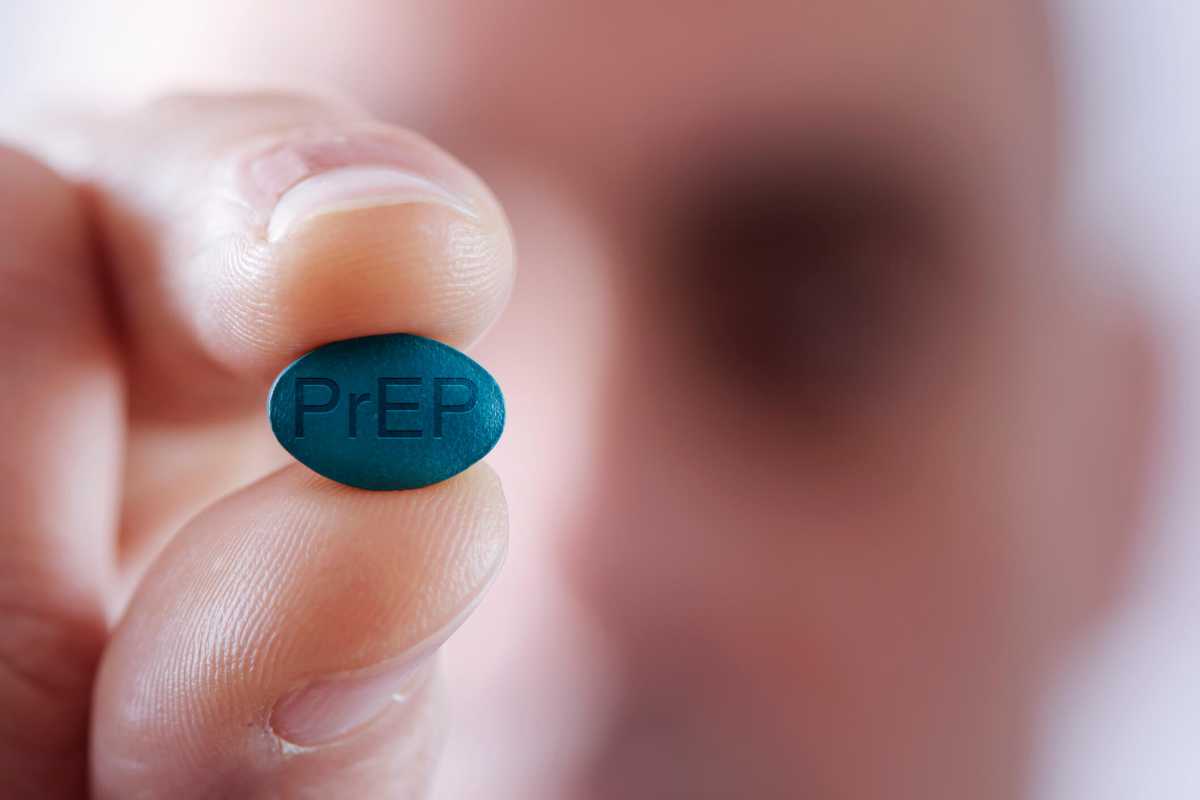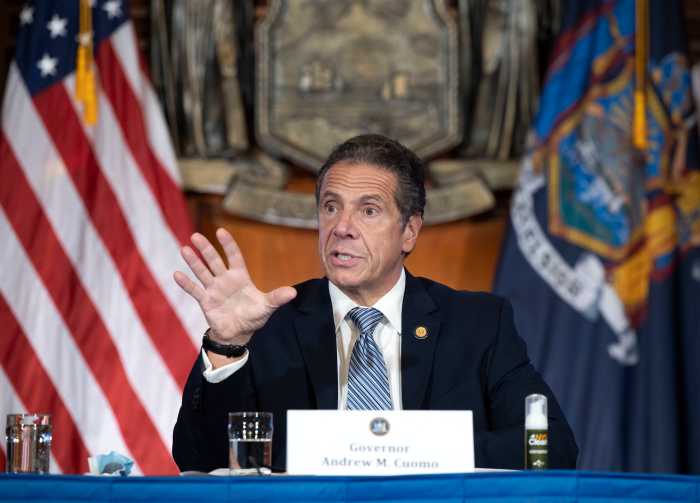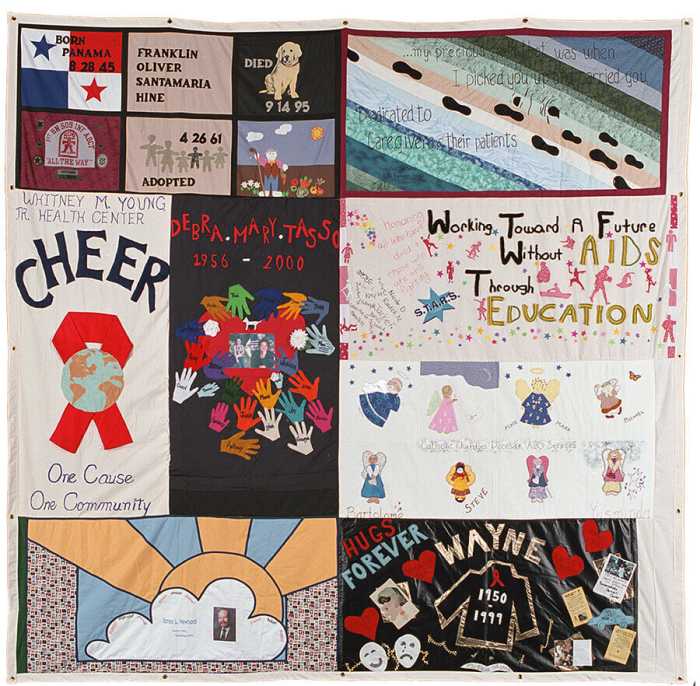In 2014, when New York State set out to end the HIV epidemic by the end of 2020, no one could have anticipated a global pandemic would stall progress. New York was making tremendous strides before March 2020. Lockdowns forced New York City’s STI clinics to close, severely limiting access to sexual health services and HIV testing, and emergency departments virtually eliminated routine HIV screenings. Throughout the pandemic getting tested for HIV and STIs, and attending medical appointments were daunting tasks for many of the New Yorkers who needed sexual health services the most.
This week is PrEP Aware Week in New York State, an opportunity to ensure that all New Yorkers are able to access PrEP, a game-changing treatment that has proven to be 99 percent effective in preventing HIV transmission. Due to the challenges brought on by the COVID pandemic, it was recently reported that PrEP utilization dropped for the first time since New York State began recording the data. If we want to get back on track to end the HIV epidemic, we need to jumpstart PrEP usage.
One of the positive things to come out of the pandemic was the increased use of telehealth, which has been embraced by both providers and patients. Starting PrEP requires a negative HIV test and follow-up visits every three months to take another HIV test in order to get the prescription refilled. While necessary, these in-person visits and testing are barriers to accessing PrEP, especially for those who already experience obstacles like lack of access to transportation, restrictive work policies that don’t allow for time off to attend medical appointments, or housing instability.
Data demonstrates that access to telehealth is an effective, patient-friendly way to provide health care that results in fewer no-shows for appointments, which increases the efficiency of providers. Self-testing by home specimen collection kits or an oral swab-based test offer an alternative to facility-based testing. We must better utilize telemedicine and home-based testing in tandem to facilitate access to PrEP.
According to data recently released by the NYC Department of Health, STIs rose during the pandemic. We need to re-enforce the work of STI clinics, so New Yorkers in need are able to access care in their communities. Other best practices should also be implemented, including routine screenings in emergency departments for STIs, and having a positive STI test automatically trigger a HIV test and conversation about PrEP.
Both COVID and HIV disproportionately impact less-resourced LGBTQ and BIPOC populations, and historically, PrEP uptake in these communities has lagged behind wealthier white populations. PrEP outreach initiatives in subway stations, bars, and nightclubs in these communities grinded to a halt once the pandemic began. But we already know the value of these in-person efforts, and we must rework them safely and effectively.
Finally, when injectable PrEP is on the market, we need to ensure that it is equitably available to everyone who needs it. This medical advancement will allow users to take one injection of PrEP every two months, and it will be much easier than taking a daily pill and refilling a prescription on a monthly basis.
New York State Medicaid Special Needs Managed Care Plans (SNPs) have a track record of breaking down barriers to accessing care for New Yorkers disproportionately impacted by HIV, by working closely with each member to address complex medical, behavioral, psychosocial, and pharmaceutical needs. SNPs have played a critical role in helping increase access to PrEP, and demonstrate that maximizing the role of health plans can facilitate education and outreach about HIV prevention and PrEP.
These times require innovative approaches to Ending the HIV Epidemic. PrEP is perhaps our most powerful tool in the effort to end HIV. We need to reinstitute the practices that were successful in supporting those placed at highest risk for HIV to access PrEP by strengthening emerging best practices, like telemedicine, that reduce barriers to care. In this moment, that means that Governor Hochul and New York State have an opportunity to learn from the challenges presented by COVID to help New York realize an HIV-free future.
Doug Wirth is the President and CEO of Amida Care, a New York Medicaid Special Needs Health Plan.



































